UAVs play a huge role
The conflict in Ukraine is not the first time that unmanned aerial vehicles (UAVs) have been deployed on the battlefield. But this could be seen as the largest-scale confrontation involving UAVs in modern armed conflicts.
UAVs carrying anti-tank missiles help Ukraine effectively counter Russian armored vehicles. Meanwhile, small UAVs carrying grenades help them attack Russian infantry even when the enemy is hiding in trenches. For the navy, UAVs are also an important weapon for Ukraine to attack Russian warships.
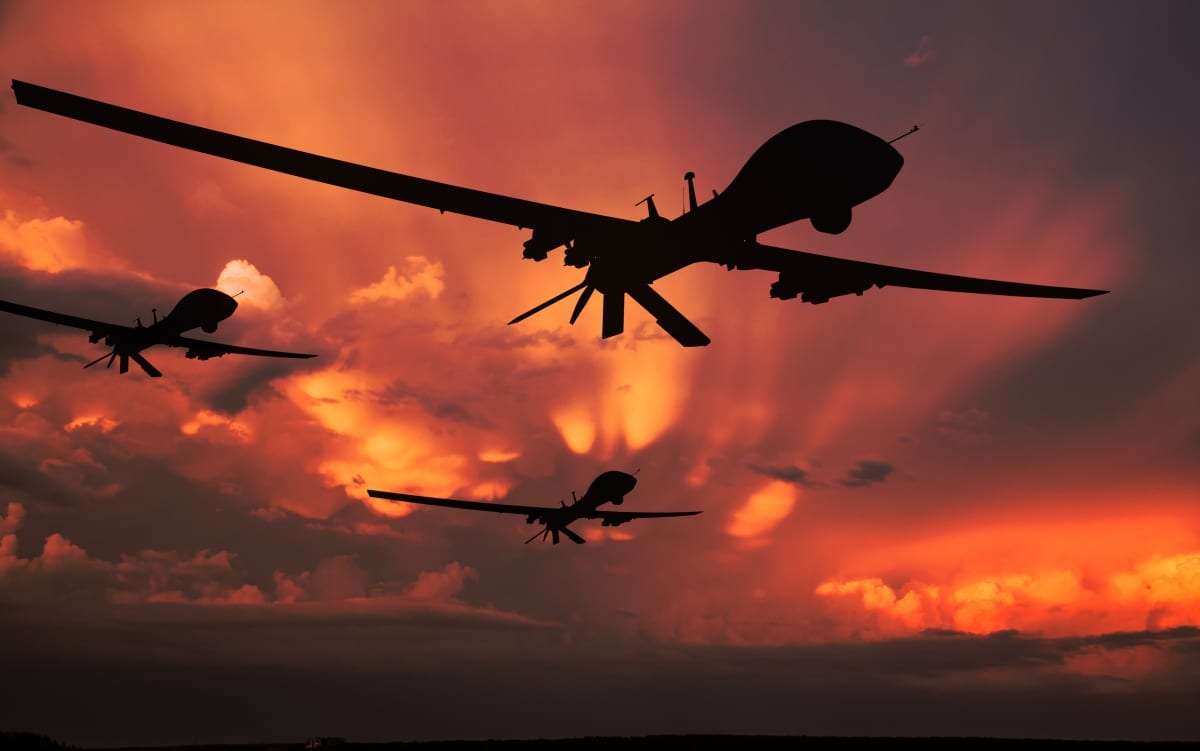
UAVs are changing the way of fighting and the balance of power between the two sides in the Russia-Ukraine conflict - Photo: BBC
Ukraine earlier this month claimed to have sunk the Russian landing ship Cesar Kunikov using a Magura V5 – a naval drone capable of carrying 320kg of explosives.
According to a senior US defense official, by using UAVs combined with anti-ship missiles, Ukraine has sunk, destroyed or damaged at least 20 medium to large Russian naval vessels and a Russian-flagged tanker in the Black Sea.
One reason the use of naval drones has been effective is because the Black Sea, compared to places like the vast Pacific Ocean , is a closed space with choke points that are easy to monitor, said Jerry Hendrix, a retired Navy commander and senior fellow at the Sagamore Institute, an Indianapolis-based think tank.
But Russia quickly adjusted its strategy and immediately regained the balance thanks to its ability to produce huge numbers of UAVs itself. It launched thousands of drones – including the Iranian-designed Shahed model, which is now assembled in both Iran and Russia – to target expensive Western-supplied defense systems in Ukraine.
Russian forces also copied many of the tactics used by Ukraine, including conducting large-scale coordinated attacks using multiple types of UAVs.
First, intelligence, surveillance, and reconnaissance UAVs hover above the ground to survey the battlefield and identify targets from afar. They then relay enemy locations to pilots operating low-flying, highly maneuverable FPV drones that can carry out precision strikes against both stationary and moving targets, all from a safe distance from the front line.
After these FPVs eliminate their initial targets, combat vehicles will move through minefields to begin the ground assault. Since late 2022, Russia has been using a combination of two domestically produced UAVs, the Orlan-10 (surveillance) and the Lancet (attack), to destroy everything from high-value artillery systems to fighter jets and tanks.
Ukraine has outpaced Russia in drone strikes since the beginning of the conflict, but it has no drone fleet that can match Russia’s UAV duo. Nor can it match Russia’s ability to produce and deliver UAVs in large numbers and quickly to the front lines. And so the balance is clearly tilting in Russia’s favor in the current UAV war.
The value of high technology
The second tactical lesson, according to Abhijit Singh, a former Indian naval commander who works at ORF, an Indian international policy research institute, is that while artillery remains an important component of warfare, it becomes more dangerous only when precision-guided munitions are used in carefully planned attacks.
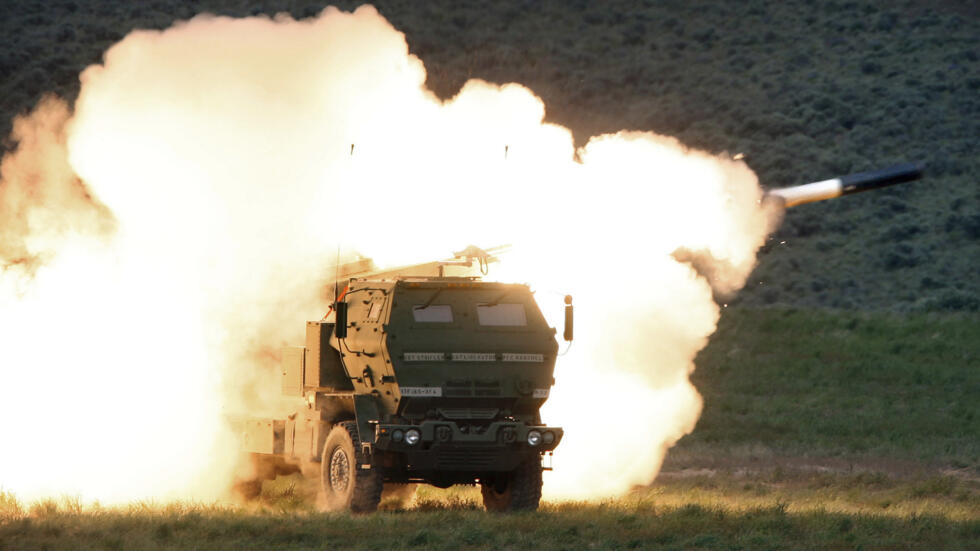
The US-aided HIMARS high-precision rocket artillery system has helped Ukraine win many victories on the battlefield - Photo: France 24
It is worth noting that Russian artillery shelling did not penetrate Ukrainian defenses. Even when command and control centers or logistics facilities were hit, damage was minimal and these facilities were quickly restored.
In contrast, the High Mobility Artillery Rocket System (HIMARS), which the US provided to Ukraine, can fire GPS-guided shells up to 90 km with extreme accuracy. HIMARS has repeatedly destroyed Russian ammunition depots, command posts, and key bridges, allowing Ukraine to launch attacks from a safe distance, avoiding counterattacks from its opponents.
The same goes for internet connectivity. After Moscow shut down Ukraine’s Viasat satellite communications network, billionaire Elon Musk’s commercial satellites stepped in to plug the gap. Within a week of Russian troops crossing the border, Ukraine had access to Starlink’s space-based internet services, and hundreds of terminals flooded the country.
Starlink has since been used in Ukraine, not only to help its citizens and government connect to the outside world and keep its economy running, but also to support its military forces. The network provides military communications as well as guidance for Ukrainian drones and missiles. And because of Starlink’s configuration, which involves thousands of satellites in low Earth orbit using small antennas and encrypted signals, Russian jamming efforts have so far largely failed.
Another example is the war in the skies. With its vastly superior air force, Russia easily overwhelmed Ukraine in the early days of the conflict. At times, Ukraine could barely scramble to avoid direct confrontation with the enemy’s massive fighter squadrons.
Instead of engaging in air battles, Ukraine has used surface-to-air missiles to defend its airspace. This tactic has become more effective as Kiev has received more modern air defense weapons from the West, such as the US's advanced Patriot systems, as well as NATO's remote sensing support.
Early warning aircraft like the Boeing-made E-7 Wedgetail are operating regularly in the region to provide Ukraine with “continuous low-altitude ISR [intelligence, surveillance and reconnaissance] imagery” where drones and missiles often fly, according to the head of US Air Forces in Europe, Gen. James Hecker. Hecker also said that 75 Russian aircraft have been shot down in the conflict so far.
The fear of lack of bullets
On the ground, Ukraine’s reliance on artillery has remained steady this year and is expected to remain so for the foreseeable future. But the current and future challenge will likely be to add 155mm rounds to Kiev’s artillery batteries.
Just last month, NATO announced a pair of $1.2 billion deals for hundreds of thousands of 155mm rounds, while the US Army is also looking to ramp up production, with plans to deliver 100,000 artillery rounds per month by the end of fiscal year 2025.
But that is too slow and too little compared to the demands on the battlefield.
According to statistics, the US has sent more than 2 million 155mm artillery shells to Ukraine in the past 2 years. European NATO members have also almost emptied their ammunition stocks to supply Kiev. But so far, the Ukrainian army is still thirsty for ammunition.
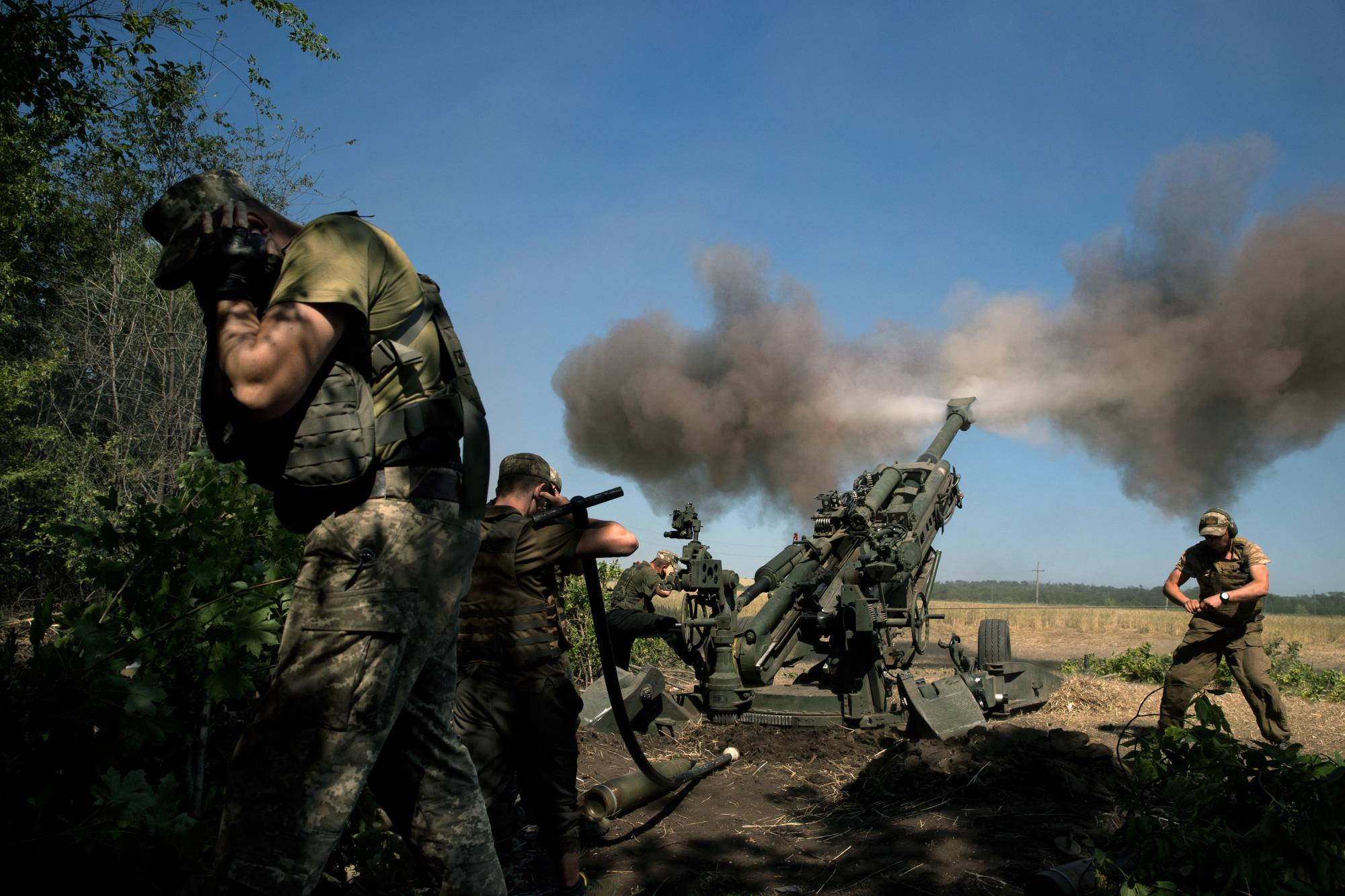
The Ukrainian army is thirsty for ammunition, especially for 155 mm howitzers - Photo: Japan Times
This highlights a key factor: ammunition availability. Russia is still able to meet its frontline artillery needs thanks to increased production at domestic factories and imports from some allies.
But NATO members in Europe, after many years of not investing in the defense industry on a large enough scale because of "reliance" on the US, were unable to help Ukraine fill the ammunition gap in time.
That’s not to mention, ammunition compatibility is also an issue. Look at 155mm artillery shells for a clear example. Unlike Russian forces, whose ammunition is always produced to a single standard, NATO members produce up to 14 different types of 155mm ammunition.
While most of these shells can be fired from guns from other countries, different safety procedures mean they may need to be inspected before they can be safely fired.
Adm. Rob Bauer, NATO's top military official, said differences in the way members' artillery systems operate make achieving the necessary interoperability more difficult.
The 155mm shell saga shows how wide the gap in combat readiness is. And as the conflict enters its third year, it seems Russia’s strategy will continue to exploit that gap. It continues to push Ukraine back kilometer by kilometer, as it did just now in the strategic town of Avdiivka, while waiting for Kiev to run out of ammunition and lose global political support before delivering the final blow.
Quang Anh
Source



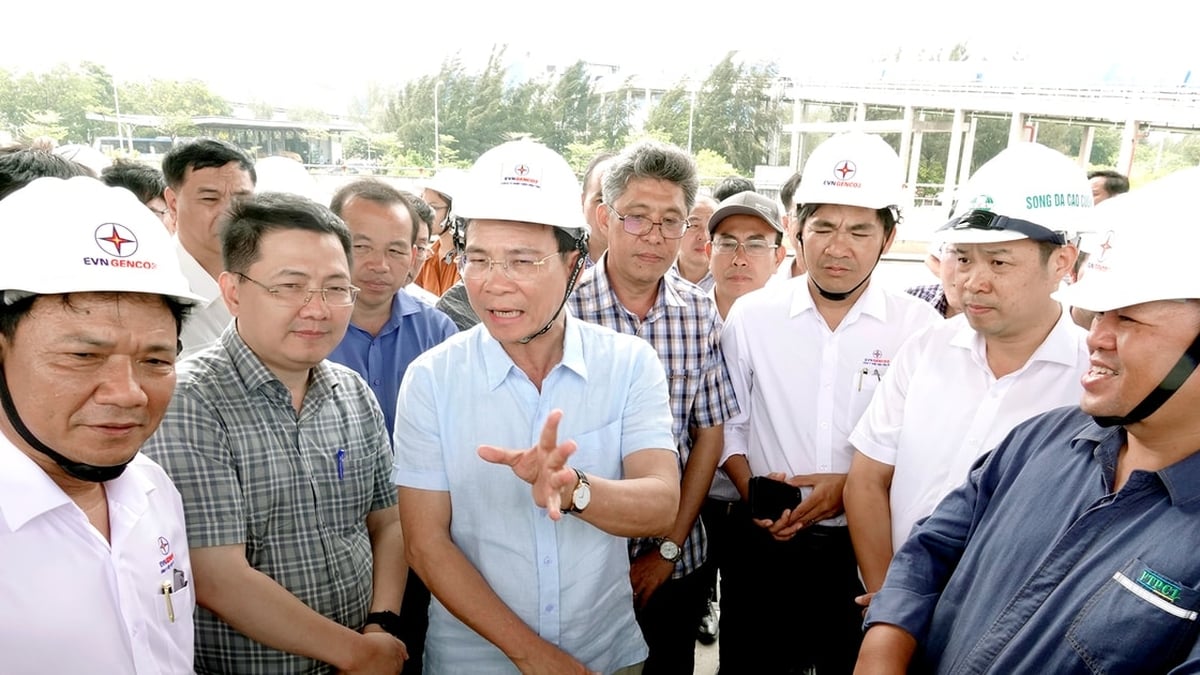




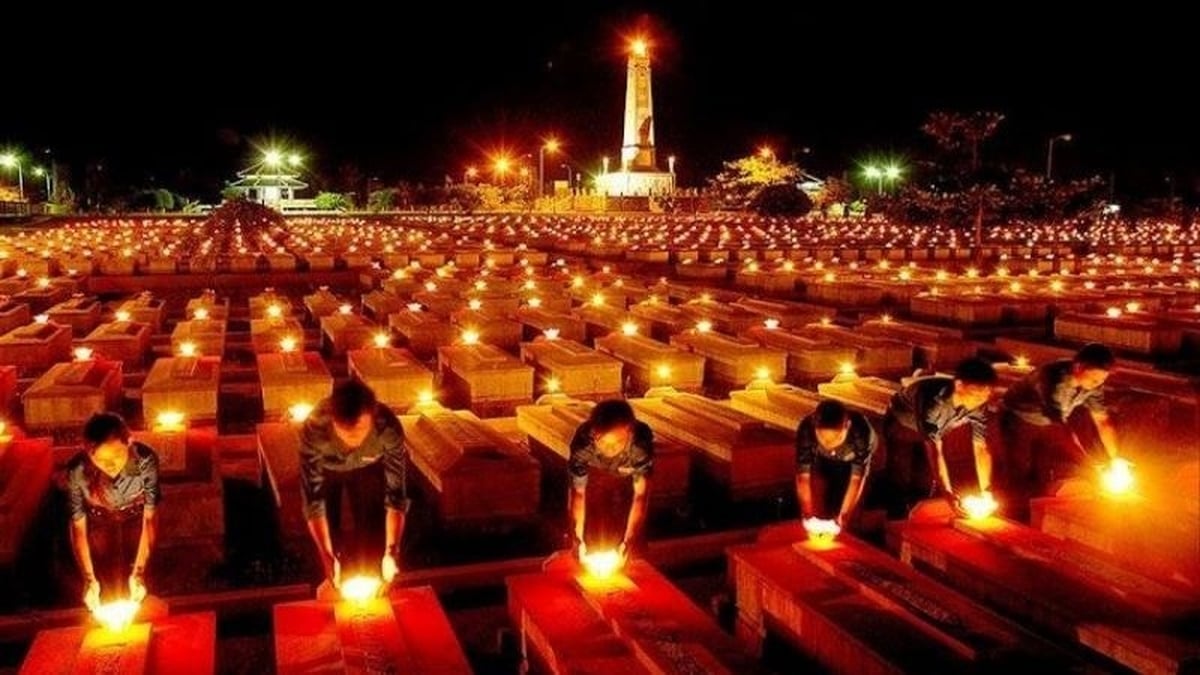


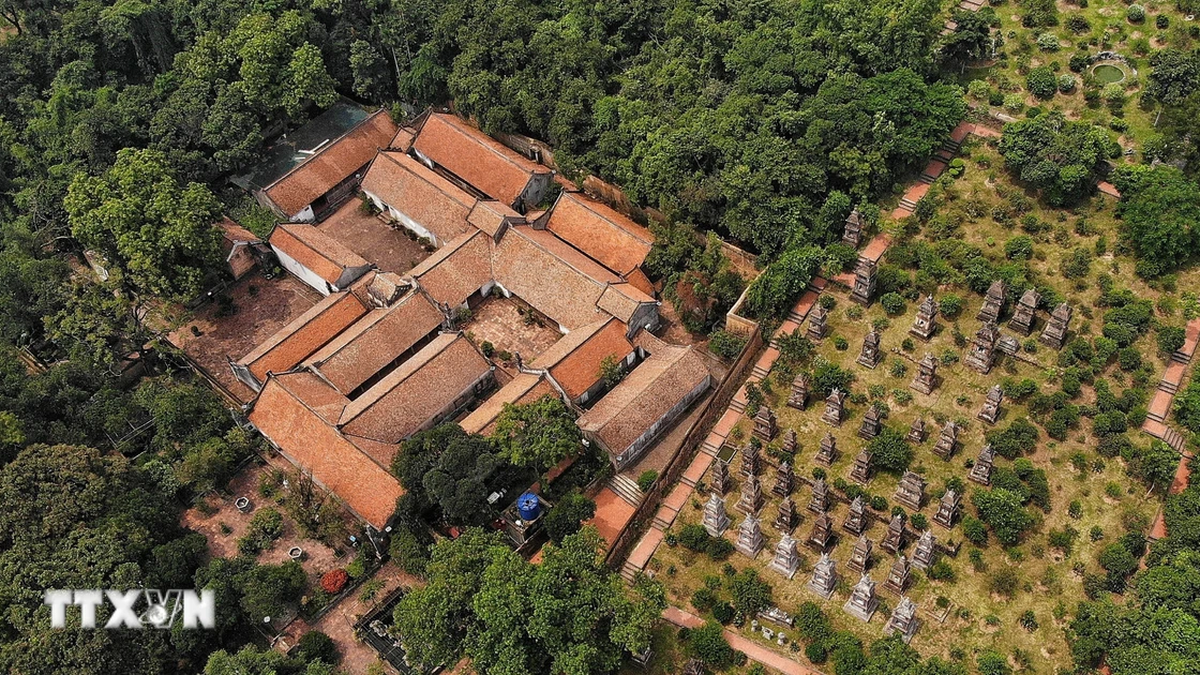















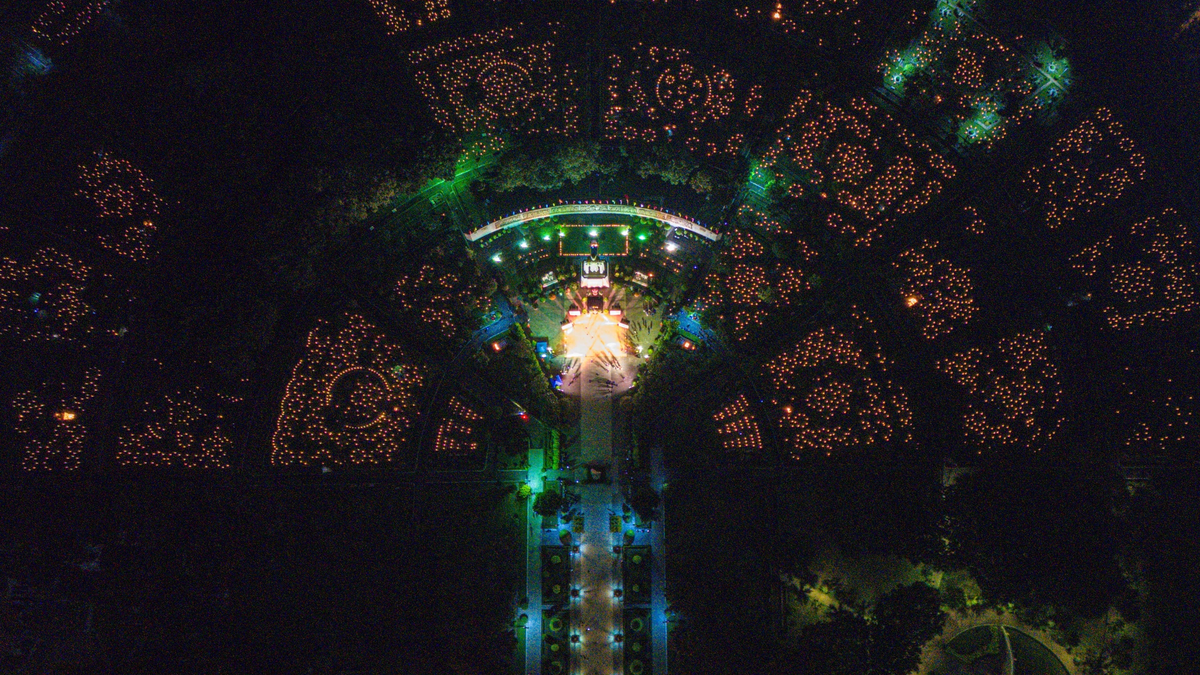
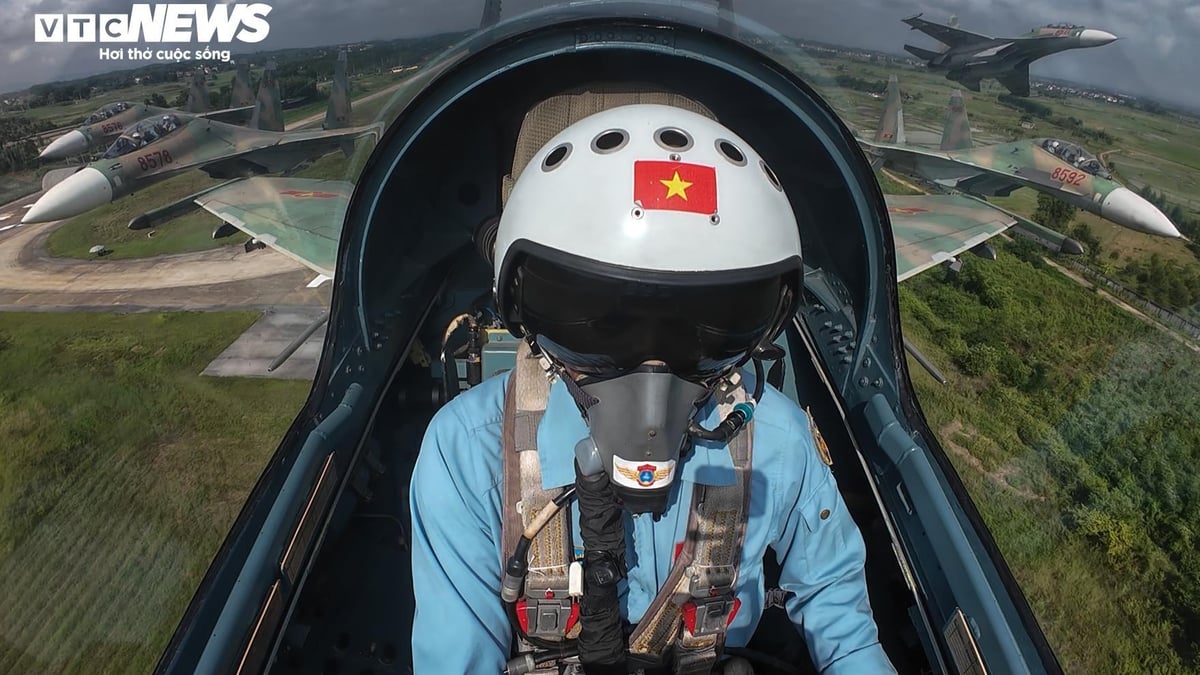

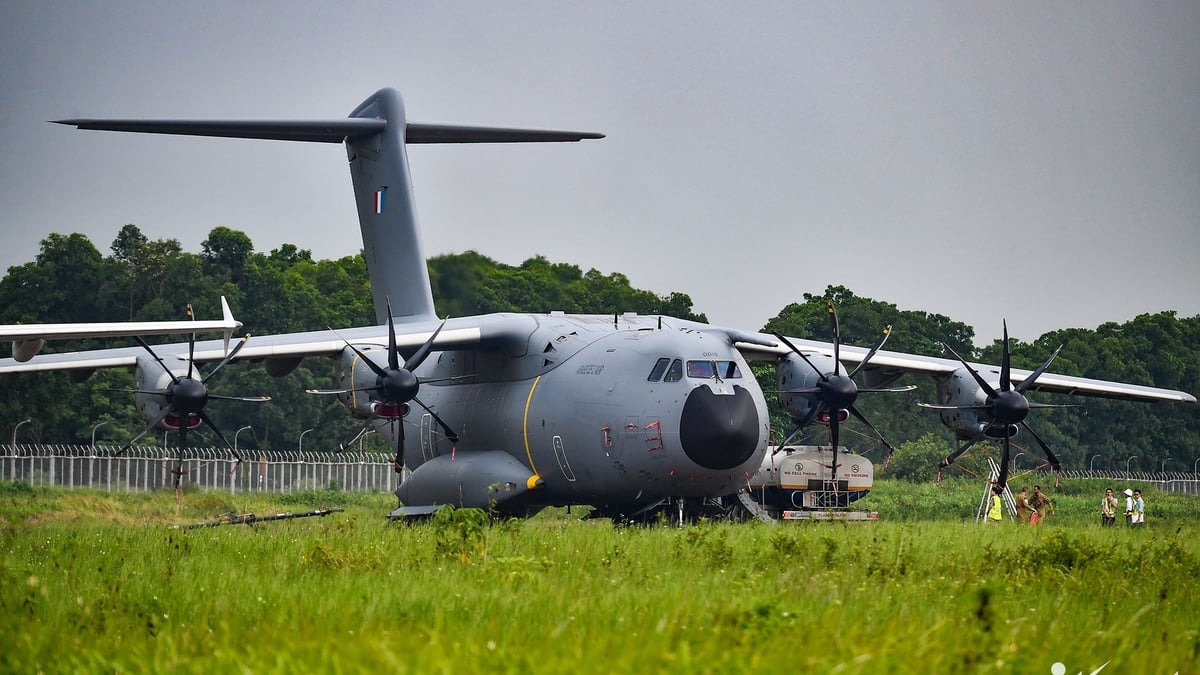














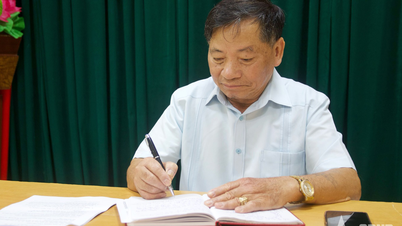














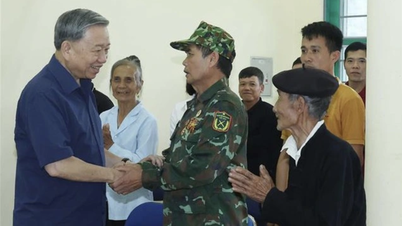









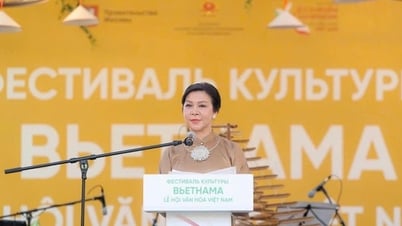



























Comment (0)